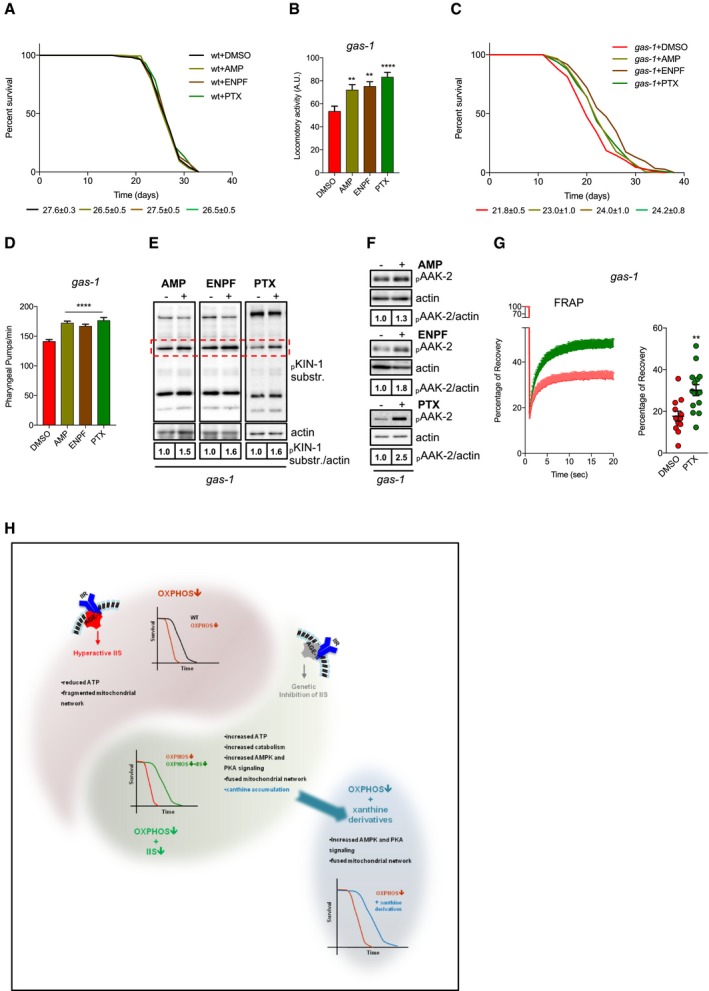Figure 5. Methylxanthines have lifespan‐extending effects in gas‐1 mutant nematodes.

-
AEffect of methylxanthines on wt lifespan. Average median lifespans ± SEM from all replicates indicated beneath representative curve.
-
BLocomotor activity of 10‐day‐old gas‐1 mutant nematodes treated with vehicle (DMSO) or methylxanthines. Values represent arbitrary units from three biological replicates with four technical replicates each, 35 worms per technical replicate. Bars: mean ± SEM, **P‐value < 0.01, ***P‐value < 0.001, one‐way ANOVA, Dunnett's post hoc correction.
-
CEffect of methylxanthines on the survival of gas‐1 mutants. Average median lifespans ± SEM from all replicates indicated beneath representative curves.
-
DPharyngeal pumps/minute in young adult gas‐1 mutant nematodes treated with vehicle or methylxanthines. Bars: mean ± SEM, n = 18. ****P‐value < 0.0001, one‐way ANOVA, Dunnett's post hoc correction.
-
E, FImmunoblot analysis of (E) KIN‐1 phospho‐substrates and (F) phospho‐AAK‐2 in young adult gas‐1 mutant nematodes treated with vehicle (DMSO) or methylxanthines (actin loading control).
-
GLeft panel: FRAP in vehicle or PTX‐treated gas‐1 animals. Each point: mean recovery of 14 bleached regions (2 regions per animal, 7 animals per condition) ± SEM. Right panel: maximum (total) recovery per condition ± SEM. **P‐value < 0.01 unpaired t‐test. For all immunoblot panels, numbers correspond to band densitometries across biological replicates, and for all lifespan curves, the legend shows mean–median lifespan ± SEM across all biological replicates.
-
HSchematic drawing showing the critical biological processes underlying the lifespan extension of age‐1; gas‐1 mutant nematodes. OXPHOS‐deficient nematodes display decreased lifespan, diminished ATP production, fragmented mitochondrial network, and a phosphoproteome signature associated with enhanced IIS signaling. As a result of IIS inhibition, AMPK and PKA drive a catabolic shift underlying lifespan extension of nematodes carrying OXPHOS defects. Supplementation of xanthine derivatives stimulates survival of mitochondrial mutant animals.
Source data are available online for this figure.
